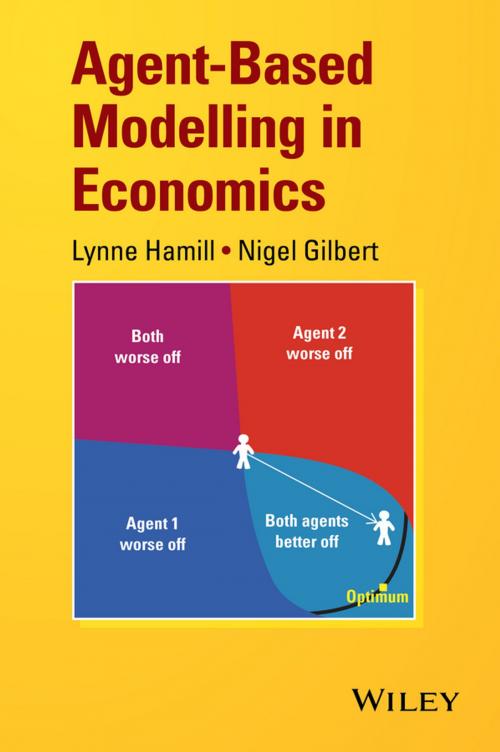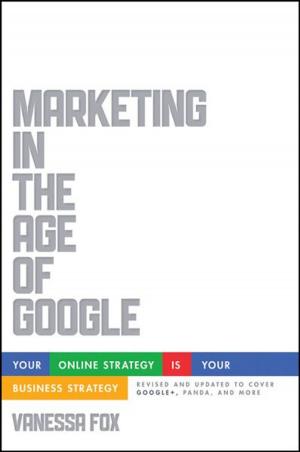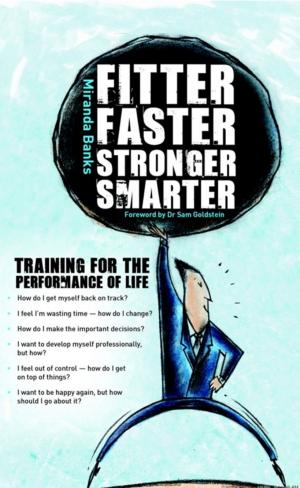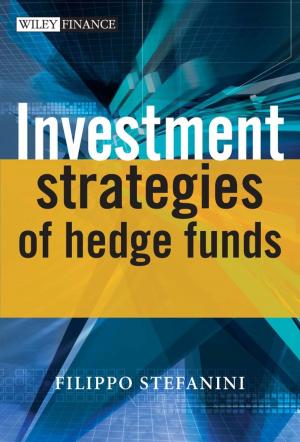Agent-Based Modelling in Economics
Nonfiction, Social & Cultural Studies, Social Science, Statistics| Author: | Lynne Hamill, Nigel Gilbert | ISBN: | 9781118945506 |
| Publisher: | Wiley | Publication: | November 2, 2015 |
| Imprint: | Wiley | Language: | English |
| Author: | Lynne Hamill, Nigel Gilbert |
| ISBN: | 9781118945506 |
| Publisher: | Wiley |
| Publication: | November 2, 2015 |
| Imprint: | Wiley |
| Language: | English |
Agent-based modelling in economics
Lynne Hamill and Nigel Gilbert, Centre for Research in Social Simulation (CRESS), University of Surrey, UK
New methods of economic modelling have been sought as a result of the global economic downturn in 2008.This unique book highlights the benefits of an agent-based modelling (ABM) approach. It demonstrates how ABM can easily handle complexity: heterogeneous people, households and firms interacting dynamically. Unlike traditional methods, ABM does not require people or firms to optimise or economic systems to reach equilibrium. ABM offers a way to link micro foundations directly to the macro situation.
Key features:
- Introduces the concept of agent-based modelling and shows how it differs from existing approaches.
- Provides a theoretical and methodological rationale for using ABM in economics, along with practical advice on how to design and create the models.
- Each chapter starts with a short summary of the relevant economic theory and then shows how to apply ABM.
- Explores both topics covered in basic economics textbooks and current important policy themes; unemployment, exchange rates, banking and environmental issues.
- Describes the models in pseudocode, enabling the reader to develop programs in their chosen language.
- Supported by a website featuring the NetLogo models described in the book.
Agent-based Modelling in Economics provides students and researchers with the skills to design, implement, and analyze agent-based models. Third year undergraduate, master and doctoral students, faculty and professional economists will find this book an invaluable resource.
Agent-based modelling in economics
Lynne Hamill and Nigel Gilbert, Centre for Research in Social Simulation (CRESS), University of Surrey, UK
New methods of economic modelling have been sought as a result of the global economic downturn in 2008.This unique book highlights the benefits of an agent-based modelling (ABM) approach. It demonstrates how ABM can easily handle complexity: heterogeneous people, households and firms interacting dynamically. Unlike traditional methods, ABM does not require people or firms to optimise or economic systems to reach equilibrium. ABM offers a way to link micro foundations directly to the macro situation.
Key features:
- Introduces the concept of agent-based modelling and shows how it differs from existing approaches.
- Provides a theoretical and methodological rationale for using ABM in economics, along with practical advice on how to design and create the models.
- Each chapter starts with a short summary of the relevant economic theory and then shows how to apply ABM.
- Explores both topics covered in basic economics textbooks and current important policy themes; unemployment, exchange rates, banking and environmental issues.
- Describes the models in pseudocode, enabling the reader to develop programs in their chosen language.
- Supported by a website featuring the NetLogo models described in the book.
Agent-based Modelling in Economics provides students and researchers with the skills to design, implement, and analyze agent-based models. Third year undergraduate, master and doctoral students, faculty and professional economists will find this book an invaluable resource.















